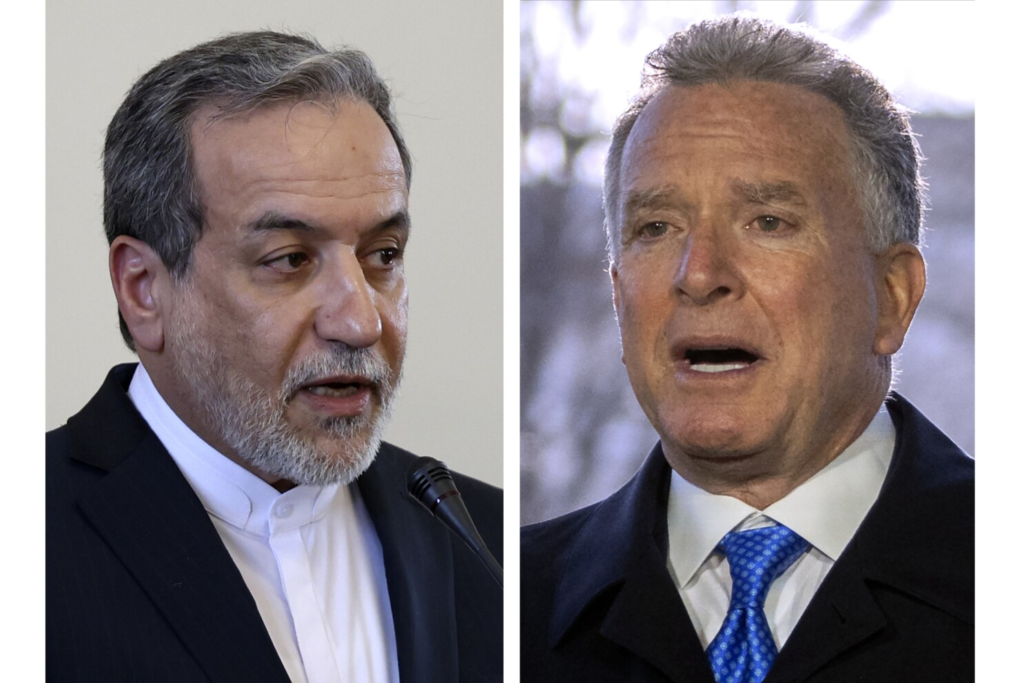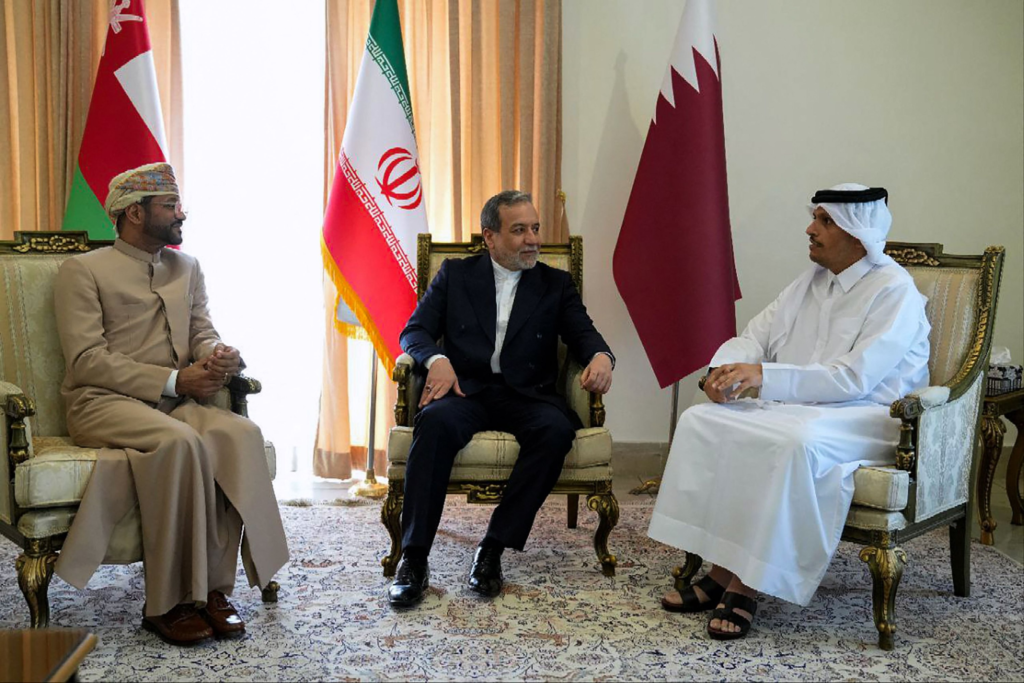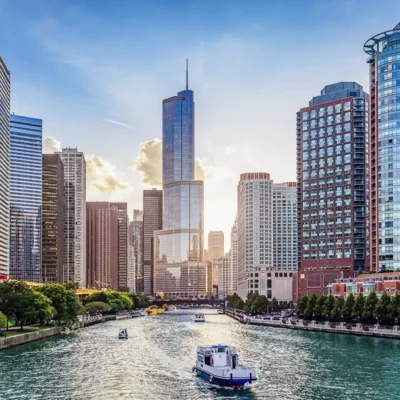Iran is showing cautious optimism after the fifth round of nuclear negotiations with the United States, held in a neutral country earlier this week. Both sides have indicated that some breakthroughs were made, offering hope for further progress after years of stalled efforts.
These nuclear talks are part of a long-standing attempt to revive the 2015 Joint Comprehensive Plan of Action (JCPOA), which limited Iran’s nuclear activities in exchange for relief from harsh economic sanctions. The U.S. exited the agreement in 2018 under President Donald Trump, leading to rising tensions and rapid advancements in Iran’s nuclear program.
Positive Signals from Tehran
After the fifth meeting, Iranian officials expressed hope that both nations could move closer to a “mutually acceptable path forward.” According to Iran’s Foreign Ministry spokesperson Nasser Kanaani, the recent round of discussions was “constructive,” and Tehran is now waiting for Washington to show flexibility on key issues.

“We believe that if the U.S. is serious and acts realistically, an agreement is within reach,” Kanaani told Iranian state media.
The Iranian delegation said that discussions focused on nuclear transparency, sanctions relief, and potential U.S. guarantees to avoid another unilateral withdrawal in the future.
More details can be found on Iran International’s latest report covering reactions from Tehran.
The U.S. Perspective: “Still a Long Road Ahead”
While Iran spoke positively, the United States took a more cautious approach. U.S. State Department spokesperson Matthew Miller acknowledged “progress on specific technical points,” but emphasized that “significant differences remain.”
Miller reiterated that the U.S. seeks a diplomatic resolution that prevents Iran from obtaining nuclear weapons while protecting U.S. and allied interests in the Middle East.
“We are committed to finding a peaceful solution, but the outcome depends on Iran’s willingness to meet international obligations,” Miller said during a press briefing. Read more from State Department transcripts.
What’s at Stake?
The stakes are high. A revived nuclear deal could reduce tensions in the Middle East, ease economic pressure on Iran, and lower the chances of a potential conflict between Iran and U.S. allies like Israel or Saudi Arabia.
Iran, whose economy has been crippled by years of U.S. sanctions, is eager to secure a deal that would allow it to access frozen assets and increase oil exports.
For the United States, a deal could reduce the risks of nuclear proliferation and increase stability in one of the world’s most volatile regions.
Key Issues in the Negotiations
Though both sides are optimistic, several sticking points remain:
- Sanctions Relief: Iran wants full lifting of economic sanctions, including those related to terrorism and human rights, not just nuclear ones.
- Nuclear Monitoring: The U.S. and European allies demand greater access for International Atomic Energy Agency (IAEA) inspectors to Iran’s nuclear facilities.
- Guarantees: Iran wants legal guarantees that the U.S. will not exit the deal again under future administrations.
- Regional Activity: Washington also wants Iran to halt its ballistic missile program and reduce its support for proxy groups in Iraq, Syria, Lebanon, and Yemen.
Read more about these challenges at Al Jazeera’s analysis.
Regional Reactions: Support Mixed
Reactions across the Middle East have been mixed. The European Union, which played a mediating role, welcomed the “positive momentum” and encouraged both sides to stay committed to the path of diplomacy.
Meanwhile, Israeli Prime Minister Benjamin Netanyahu strongly opposed any concessions to Iran, saying that any deal that does not dismantle Iran’s nuclear capabilities would be “a historic mistake.”
Saudi Arabia, a rival of Iran, has been more measured in its response but has indicated cautious support if the deal contributes to regional stability.
The Role of International Mediators
Mediators from the EU, especially EU foreign policy chief Josep Borrell and EU coordinator Enrique Mora, have been vital in keeping the talks on track. Their shuttle diplomacy and behind-the-scenes efforts have helped both sides to maintain engagement despite deep mistrust.

China and Russia, who are also parties to the original JCPOA, have supported the revival of the deal, though their involvement has been somewhat limited in recent rounds.
More on the international response can be found on the European External Action Service website.
What Comes Next?
The next round of talks is expected to take place within the next two to three weeks. Both parties have agreed to continue negotiations in hopes of finalizing a framework agreement before the end of the summer.
Experts say the timing is critical, especially as the U.S. enters its election cycle and Iran faces increasing domestic pressure over its economy and international isolation.
Whether these talks will result in a signed agreement remains uncertain, but the shift in tone offers a glimmer of hope that diplomacy may still prevail over confrontation.
Final Thoughts
While no concrete deal has been reached, the fifth round of nuclear talks between Iran and the U.S. has injected a sense of possibility into one of the world’s most complex diplomatic standoffs. With both sides showing cautious optimism, the world will be watching closely to see whether words can turn into action.
For ongoing coverage and updates on the Iran nuclear negotiations, visit Reuters Middle East or follow BBC’s Iran section.
Also Read – Trump Warns: ‘White Genocide’ Driving Farmers Out of Africa





